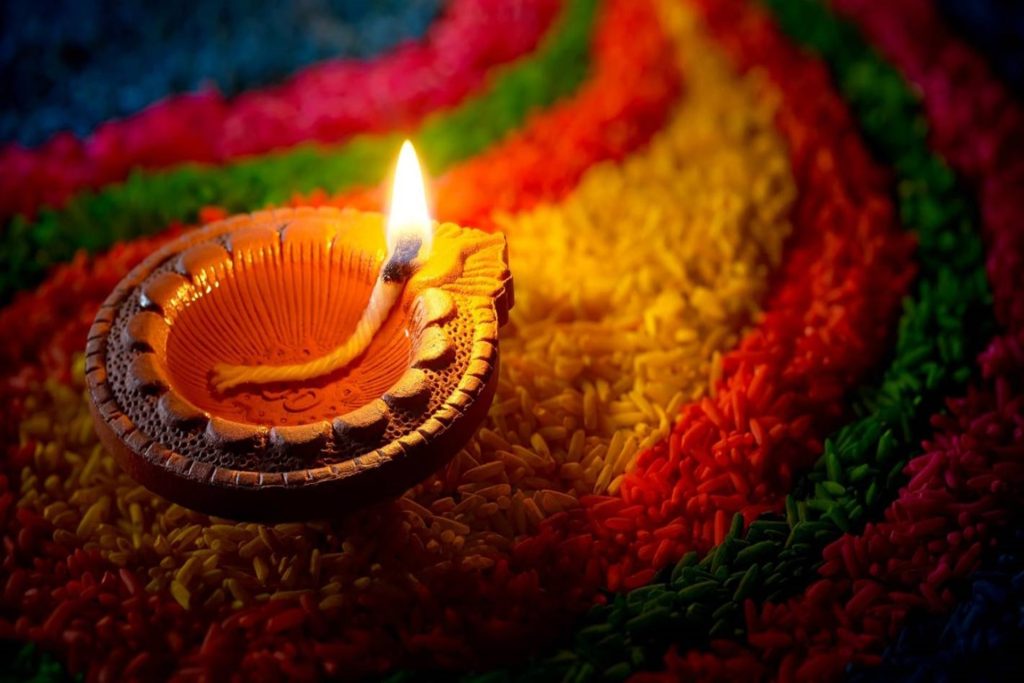DIVALI, festival of lights (from Sanskrit dipamala or dipavali meaning row of lamps or nocturnal illumination), is observed all over India on amavasya, the last day of the dark half of the lunar month of Kartika (October-November). Like other seasonal festivals, Divali has been celebrated since time immemorial. In its earliest form, it was regarded as a means to ward off, expel or appease the malignant spirits of darkness and ill luck. The festival is usually linked with the return to Ayodhya of Lord Rama at the end of his fourteen year exile. For the Hindus it is also an occasion for the worship of Laksmi, the goddess of good fortune, beauty and wealth.
Explore the legacy of Mahants in Sikh history, their influence on gurdwaras, and the impact of the Gurdwara Reform movement in the 20th century.
NIDHAN SINGH, SANT (1882-1947), holy man popularly known as Hazur Sahibvale, was born the son of Bhai Uttam Singh of the village of Nidalori in Hoshiarpur district of the Punjab. He received religious instruction at the hands of Sant Divan Singh, popular in the area for his holiness. He left his home at the age of 20 and enlisted in the 5th Probyn`s Horse, a cavalry regiment of the Indian army, atJharisi. But he resigned within a year and set out on pilgrimage to Takhl Sachkhand Sri Hazur Sahib, Nanded, where he took up his permanent abode and found his calling in work in Guru ka Larigar.
Discover the meaning of 'patit,' a Sanskrit-derived term for moral decline, and its significance in Sikh theology and Hindu literature.
Discover the history and role of SGPC, the statutory body managing sacred Sikh shrines across Punjab, Haryana, Himachal Pradesh, and Chandigarh.
Discover Sikh architecture—uniquely blending Mughal and Rajput styles in religious monuments like gurdwaras, featuring spacious designs and nishan sahibs.
Explore the Sikh Gurdwaras Act of 1925, a significant legislation ending priest control and ensuring better gurdwara management in Punjab.
DELHI SIKH GURDWARAS MANAGEMENT COMMITTEE was a byproduct of the Akali campaign for the reformation of the management of gurdwaras in the Punjab. To wrest control of the holy shrines from the hands of a corrupt and effete priestly order, the Sikhs had set up on 15 November 1920 a body called the Shiromani Gurdwara Parbandhak Committee (SGPC), Amritsar. In 1923, the SGPC took charge of all the historical gurdwaras in Delhi as well, and formed a committee of 11 members known as the Delhi Gurdwara Parbandhak Committee (DGPC) to manage them. The SGPC, however, continued to exercise powers of control and supervision over the affairs of DGPC.
- 1
- 2





